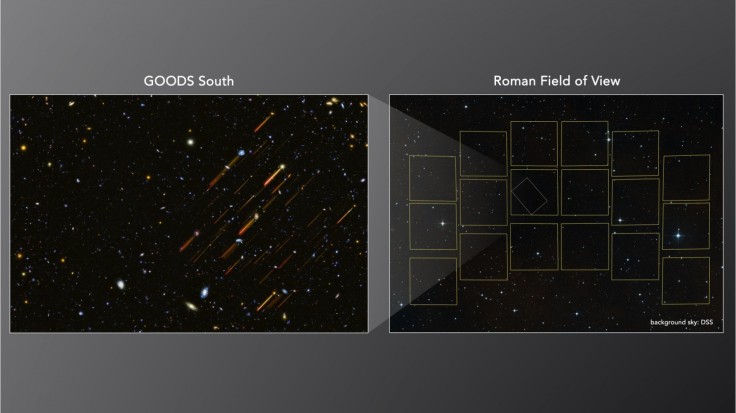NASA launched the Nancy Grace Roman Space Telescope in the middle of 2020, and it promises breakthroughs and discovery of the unknown as the telescope boasts features that are far better than the Hubble Space Telescope.
With a panoramic field view at least a hundred times greater than Hubble's, the Roman Space Telescope can capture space images and data in just a single exposure, unlike the Hubble Sapce Telescope that usually needs multiple individual exposures patched up into a mosaic.
To illustrate that difference, check out this image and video clip:

Aside from the panoramic field view, the Roman telescope produces sharp images due to its high resolution while efficiently surveying the sky a thousand times faster than Hubble. According to NASA, these main features that clearly go beyond the capabilities of the Hubble can lead to a better understanding of galaxies.
Roman's spectroscopic capabilities are just as vital as its wide-field imaging capabilities for galaxy research. A spectrograph divides light from an object into a spectrum, which is a rainbow of colors.
Scientists can learn many characteristics about an object's distance or composition from this spectrum of colors that would otherwise be unavailable. Roman imaging, paired with the capacity to deliver a spectrum of any object within the field of view, will allow researchers to understand more about the cosmos than either imaging or spectroscopy alone.
The Roman Space Telescope and Understanding the Unknown
Establishing a better understanding of the universe requires a tool that gathers more than the usual data that we have been studying already. The Roman Space Telescope can determine galaxy formation and evolution over a period of cosmic time. They can provide data on the largest structures in space and how they hold onto clues about the formation of the universe.
As scientists consider several factors affecting the changes among galaxies, the Roman Space Telescope can help gather information about the history of star formation, how fast these formations went on for a period of time, and how a generation of stars affect the next ones via stellar winds and supernova explosions. Surveying a large number of galaxies can bring out the details needed for such data.
Swara Ravindranath of the Space Telescope Science Institute (STScI) said, "Roman will give us the ability to see faint objects and view galaxies over long intervals of cosmic time. That will allow us to study how galaxies assembled and transformed."
On top of the incredible capability of the Roman Space Telescope, what is most exciting is the possibility of discovering previously unknown details that could not be investigated before.
NASA's Goddard Space Flight Center in Greenbelt, Maryland, manages the Nancy Grace Roman Space Telescope, together with the Space Telescope Science Institute in Baltimore, Caltech/IPAC in Southern California, NASA's Jet Propulsion Laboratory, and a team of scientists from various research institutions.








